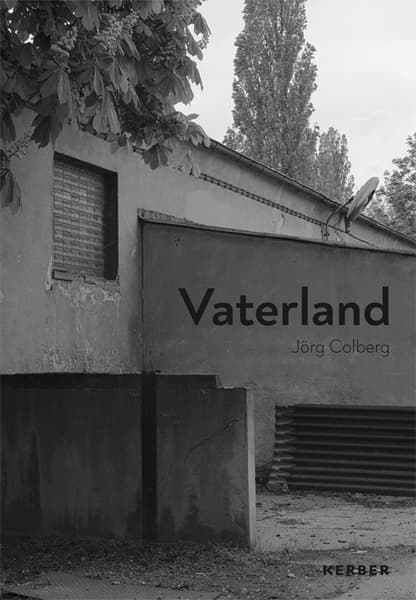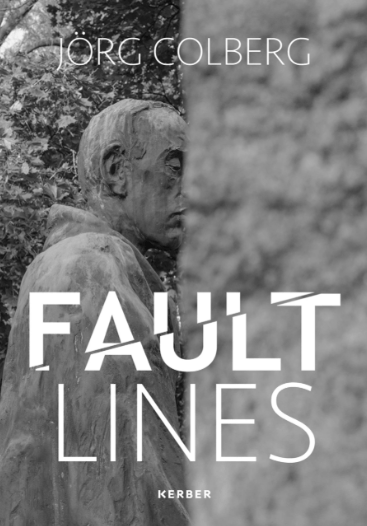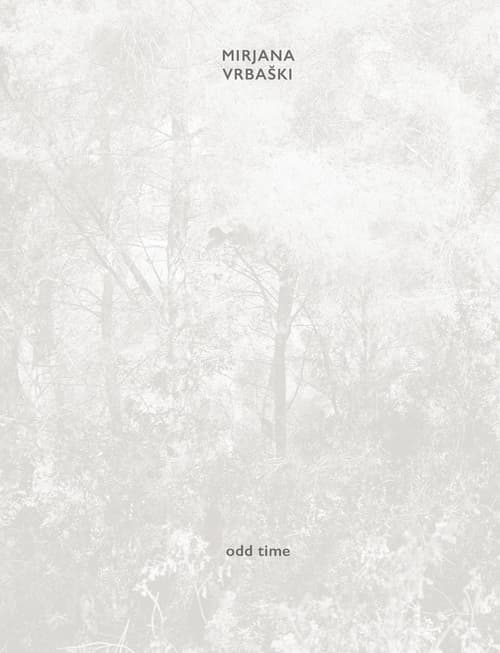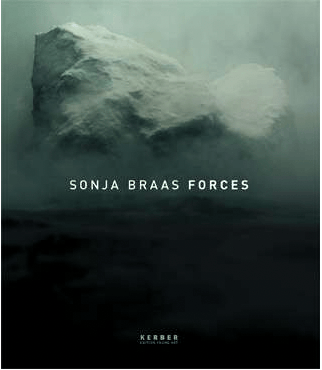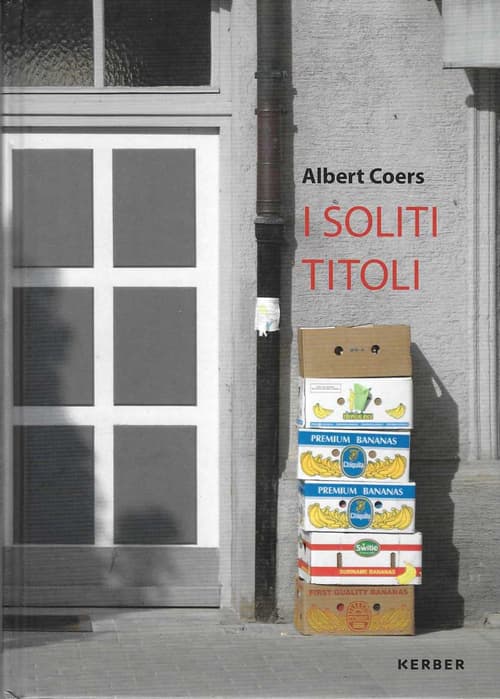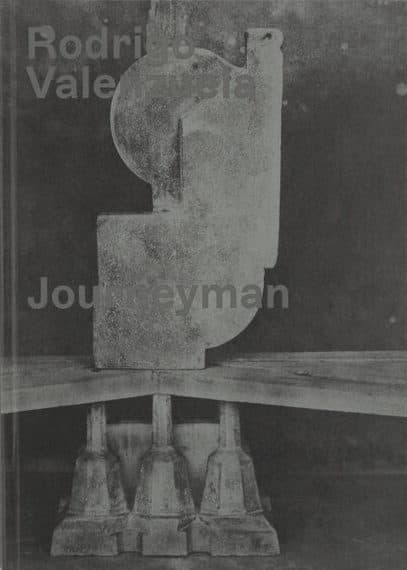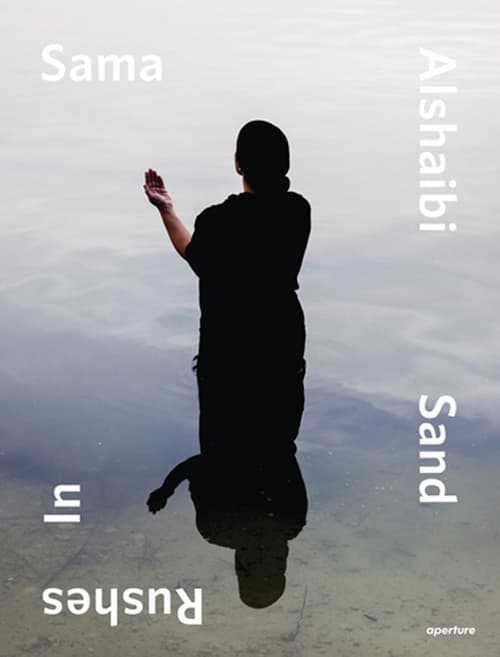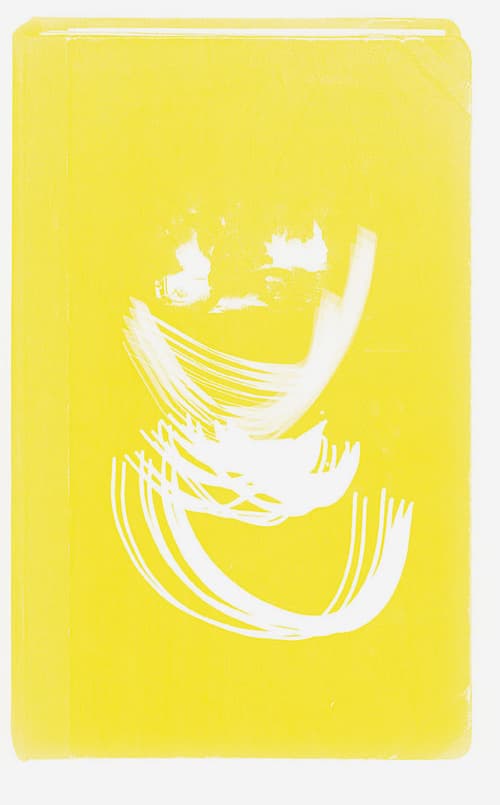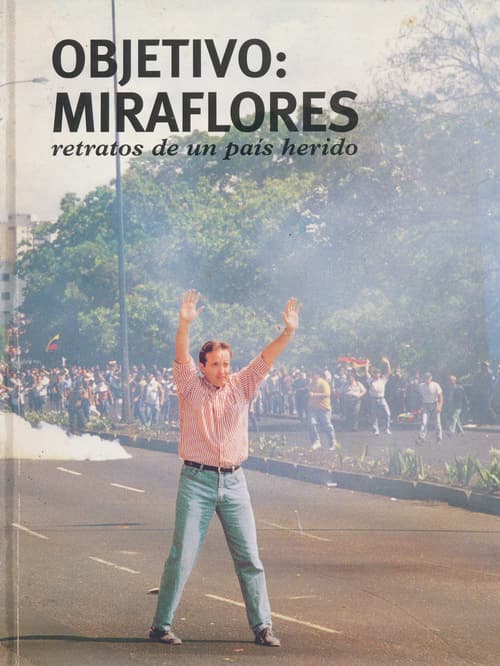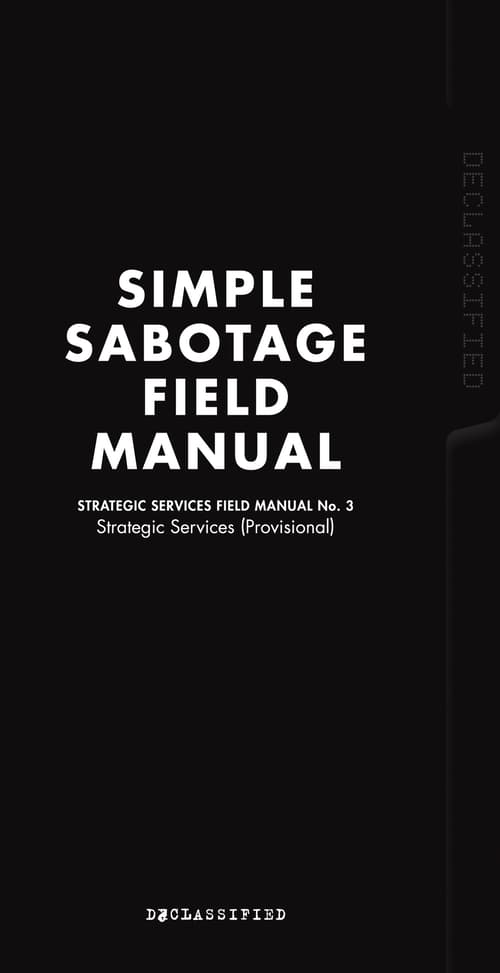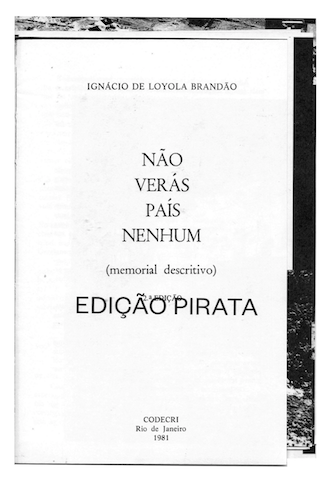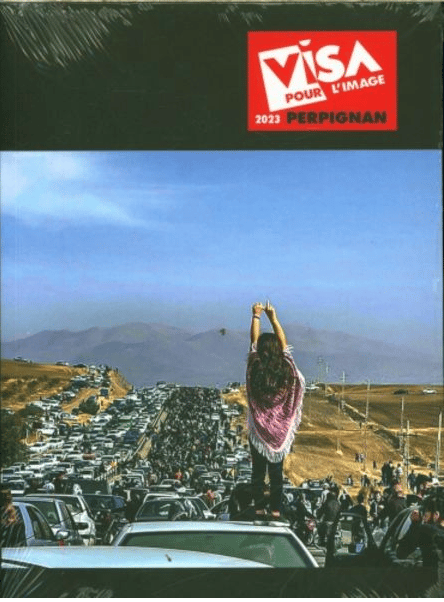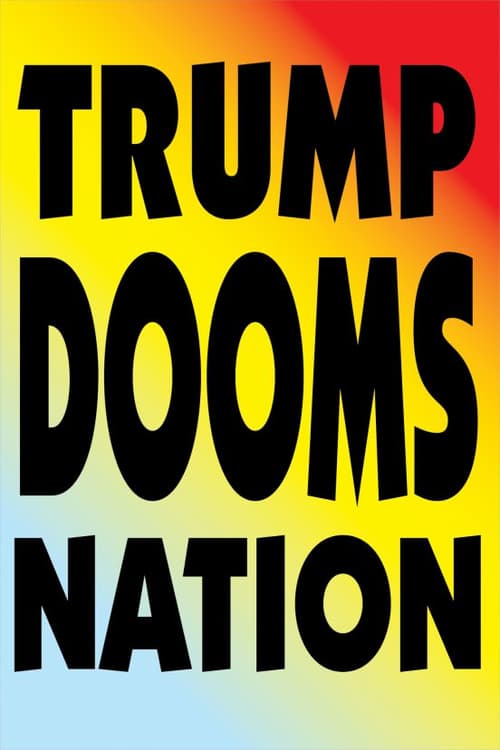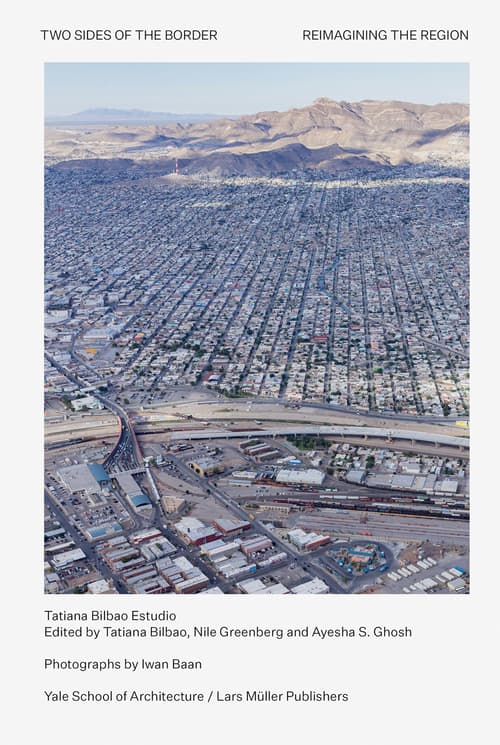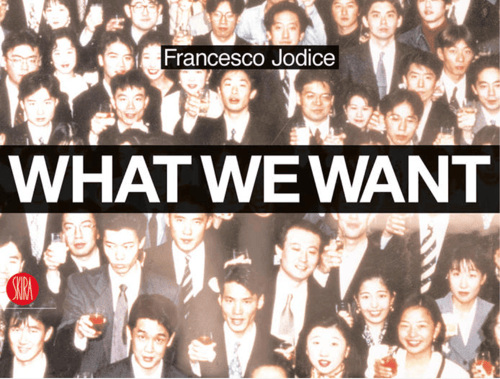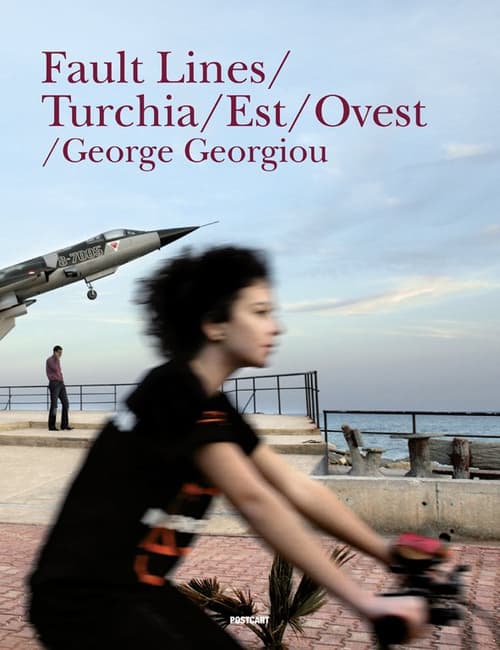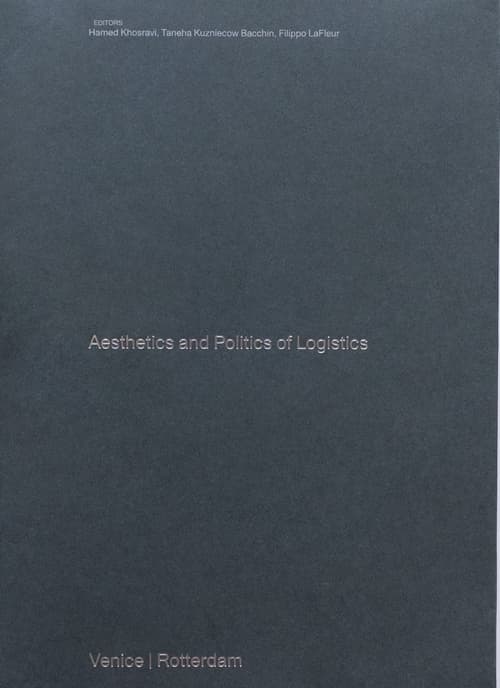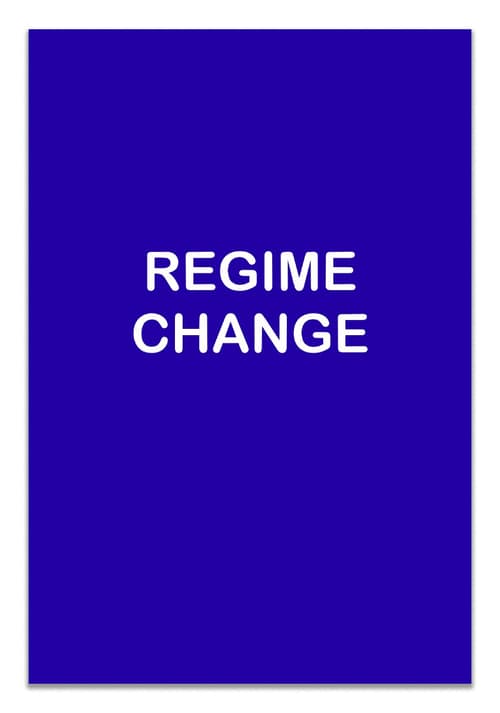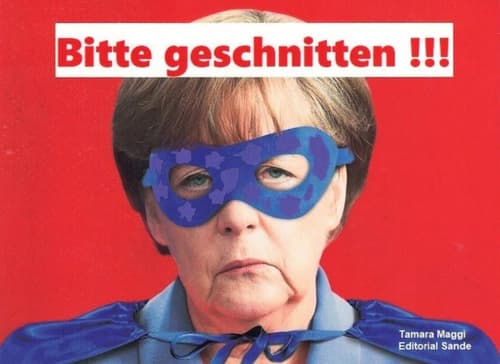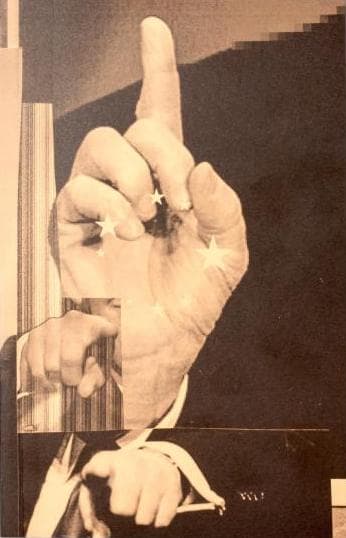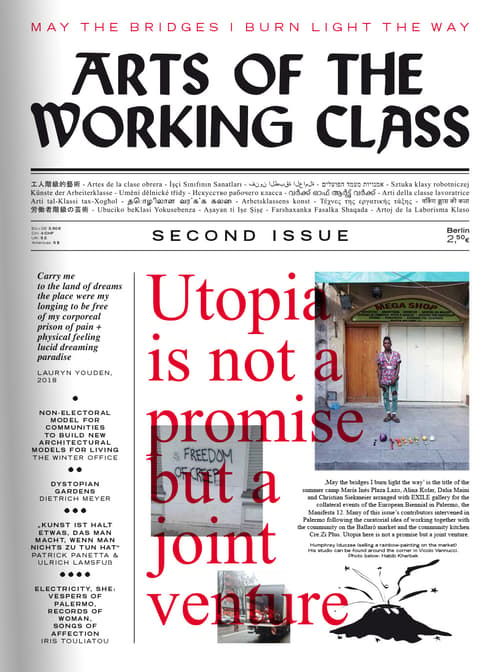75 years after the end of World War 2, members of an extremist nationalist party have been elected into German parliaments, once more. How was this possible? And what does this tell about a country which has until today not adequately dealt with parts of its own past, particularly with the atrocities committed in the neighboring Poland? Having lived in the US for almost two decades, with Vaterland Jörg Colberg (*1968) attempts to understand what is going on in his native country and, given his own biography, to what extent he still is part of the whole complex.
*
"Seventy five years after the end of World War 2 and 30 years after reunification, Germany is finding itself assaulted by right-wing extremists again. The aughts saw a series of killings that German police quickly dismissed as “döner murders” — only to find that they had in fact been committed by a group that called itself National Socialist Underground. In late 2019, Stephan Balliet, a 27 year-old neo-Nazi, attempted to enter a synagogue in Halle with a number of guns. It was only one sturdy door that prevented mass murder. Less than half a year later, Tobias Rathjen went on a shooting spree in Hanau, targeting two shisha bars, killing ten people and wounding five others, before returning to his home, to kill his own mother and himself. And on 29 August 2020, a large mob of people consisting of neo-Nazis and other far-right extremists attempted to storm Berlin’s Reichstag, the iconic building that since reunification has served as the seat of the country’s democratically elected parliament. There, due to the government’s so-called Grand Coalition the far-right AfD party currently constitutes the largest opposition faction.
It might seem strange to state that living in the United States for the past 20 years for me has vastly increased the relevance of what is at stake in Germany’s second attempt to establish and maintain a democratic republic. But the reality is that being physically removed from the country I was born in has had me engage with Germany a lot more closely than I think I would have had I stayed. Physical distance resulted in mental distance, and after a while, something in me rebelled against that mental distance. Especially in light of Germany’s Nazi past, being away felt too much like trying not to be connected to a historical burden that I cannot deny. At the same time, the Germany that revealed itself in the 2000s was a lot different than the one I had grown up in. There were all the neo-Nazis crawling out of their holes. But there was also the Germany that would welcome hundreds of thousands of refugees in 2015, the Germany where the public sphere would see many citizens of migratory background play a major role — unlike the (West) Germany that I had grown up in.
I didn’t set out to create what would become Vaterland when I started photographing in early 2017. Originally, I wanted to explore the large region in Europe’s heart whose largest parts are made out of Germany and Poland, Central Europe. On my trips to Warsaw Germany’s past became something that would always only be another serendipitous photographic discovery away. At the same time, the 2017 federal elections in Germany, after which the far-right AfD ended up becoming the largest opposition party, caused enormous outrage in me. That outrage only grew as parts of the conservative spectrum belittled the danger that I have been perceiving the country to be in. I’m neither a journalist nor a documentarian. With Vaterland, I don’t attempt to be either one of these. I intend the book to be what in German is called a Stimmungsbild — a metaphorical image expressing a mood. I don’t have any explanations for what I see in Germany. But for sure I know how I feel. Vaterland is an expression of my unease, of my worries, of my upset, of my realization to what extent Germany and its past are an integral part of my own life."
